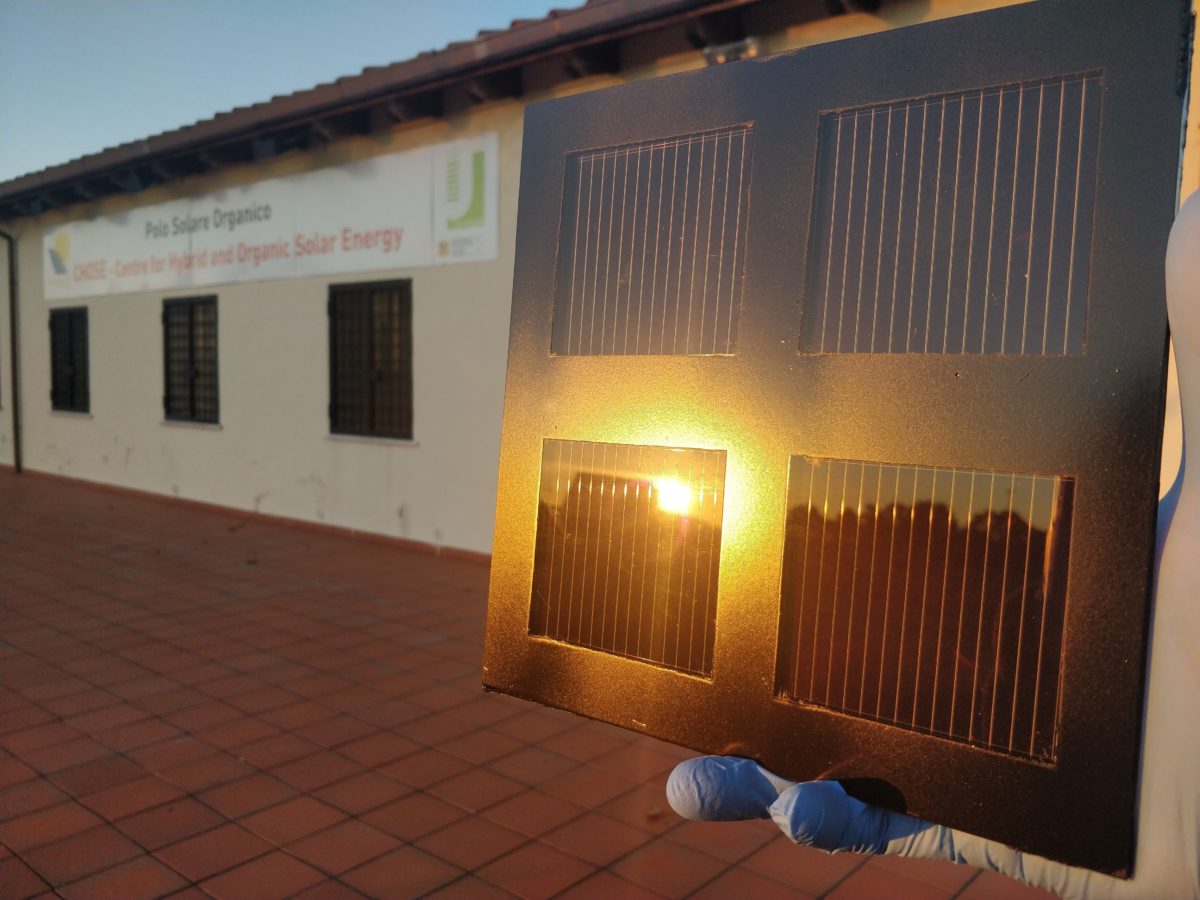
“This is among the highest reported in the literature so far at this size,” researcher Luigi Angelo Castriotta told pv magazine. “We believe that by optimizing the laser processes we can improve the module efficiency by around 50%.”
The scientists used P1, P2 and P3 patterning to interconnect perovskite solar cells, so they could then upscale them into mini photovoltaic modules.
“P1 isolate the substrate connections between adjacent cell while P2 and P3 isolate the active part and the top electrode of adjacent cells, respectively,” the researchers explained, noting that their approach involves the reduction of cell-to-module losses that arise due to the laser processes.
The P3 step is often a source of undesired effects such as back contact delamination, flaking, or poor electrical isolation, due to residues that remain in the trench. These issues are likely due to interactions between the laser and the material that have not been fully understood to date.
The solar panel achieved an output power of 2.3 W on a 192 cm2 area.
“Optimizations of all modules started from the study of the P1, P2, and P3 optimization, followed by refinement of cell area width and by adjustment of the geometrical fill factor,” the scientists said, adding that the proposed manufacturing technique could be applied to modules fabricated with slot-die coating, blade-coating or other deposition techniques.
They described the mini perovskite module in “Reducing Losses in Perovskite Large Area Solar Technology: Laser Design Optimization for Highly Efficient Modules and Minipanels,” which was recently published in Advanced Energy Materials. The research group includes scientists from the University of Rome Tor Vergata and the Institute of Structure of Matter ISM – CNR in Italy, Greatcell Italy, and Technische Universität Dresden in Germany.
In March 2021, the University of Rome Tor Vergata presented a perovskite solar module with a total active area of 42.8 cm2 and aperture area of 50 cm2. The panel was built with 20%-efficient perovskite cells connected in 14 series. It was able to retain 90% of the initial efficiency after 800 hours of thermal stress at 85 C.
Later in June, it unveiled a perovskite solar module with cells based on triple-cation cesium methylammonium formamidinium (CsMAFA).